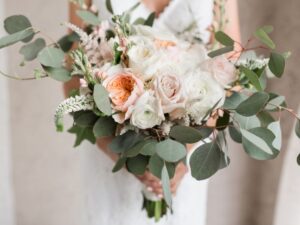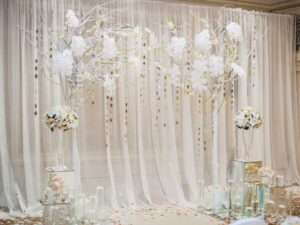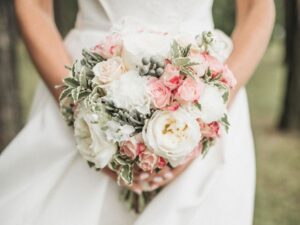These steps are easy to follow when you’re hairdressing photography. All you need is creativity, passion for photography, love of beauty and a camera.
Here are some tips to help you get started in the hairdressing industry.
1) Maintain a Clean Background
A clean background is essential when you are taking photos of intricate hairstyles. The background should be lively and interesting so that the hair is the focus. Keep it simple and straightforward. You can use a white background or blurred brick walls. It all depends on how clear you see.
2) Use Contrasts
For complicated hairstyles, it is best to have light hair. This is why hair stylists prefer to show off their work by choosing light-haired models. Hairdressing photography can be done with dark hair, however.
Dark hair is a great way to show off your strength, health, and shininess. You can balance the colors and put emphasis on your hair by choosing a darker-toned background for light hair and a lighter-toned background for dark hair.
3) Select the Best Lighting
Some lighting may not be good, so make sure you choose the right equipment.
Avoid flash when hairdressing photography intricate hairstyles. Flash can ruin photos by too much light and contrast. Instead, use a studio or hair light. Natural light can be used to give your photos a softening touch.
A couple of white reflectors are a great investment for extra lighting and shine.
4) Pay Attention to the Hair
Remember that the stylist created the hairstyle and the model is not responsible for it. To focus on the hair, have the model turn their head down or away. Also, communicate with your hairdresser to find out which sides you should be focusing on.
5) Progress-Check
Keep track of your progress. Don’t get so involved in taking photos that you forget to track the results. You should establish a routine.
Take 3-4 hairdressing photography. Then, review the results. Next, move the model to change the pose. Adjust the lighting and touch up the hair.
You won’t end up with photos that are too similar or overexposed.


